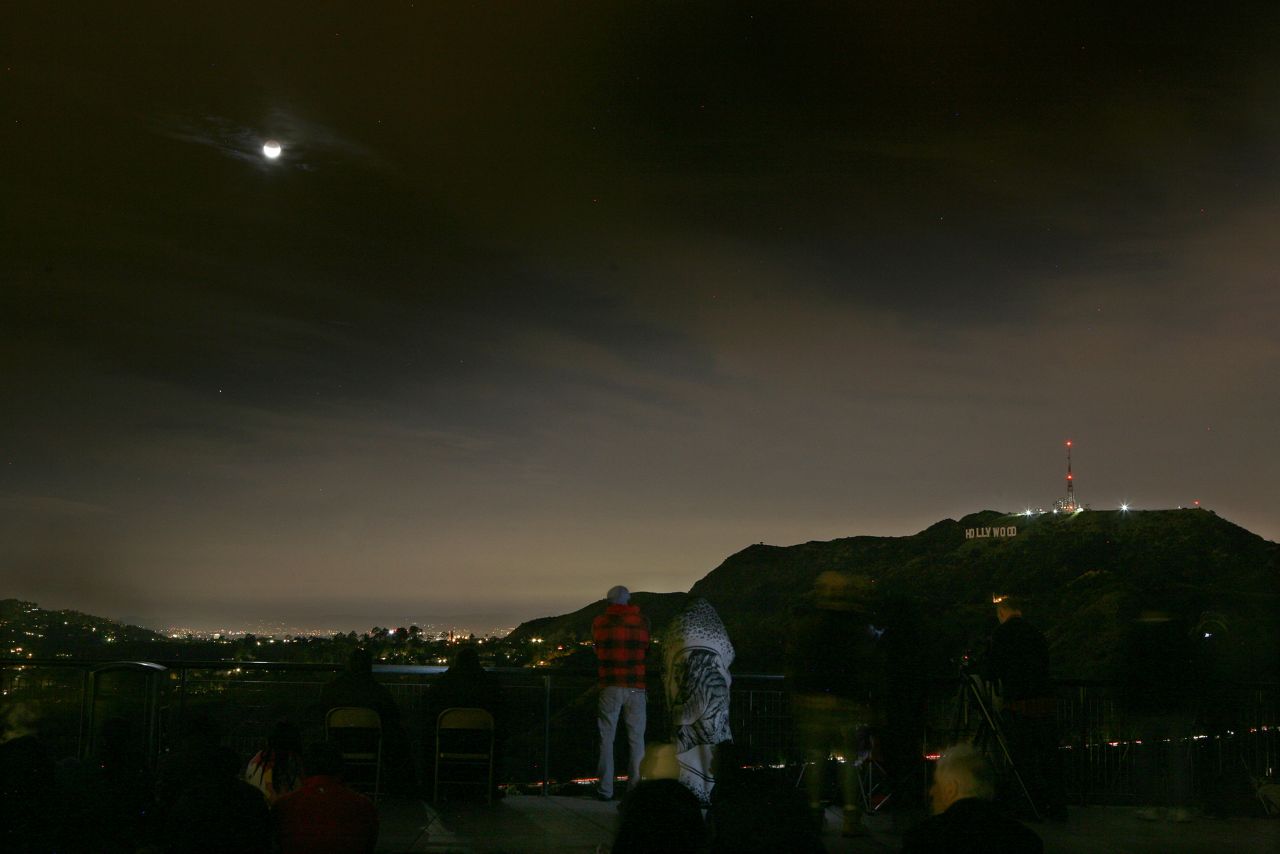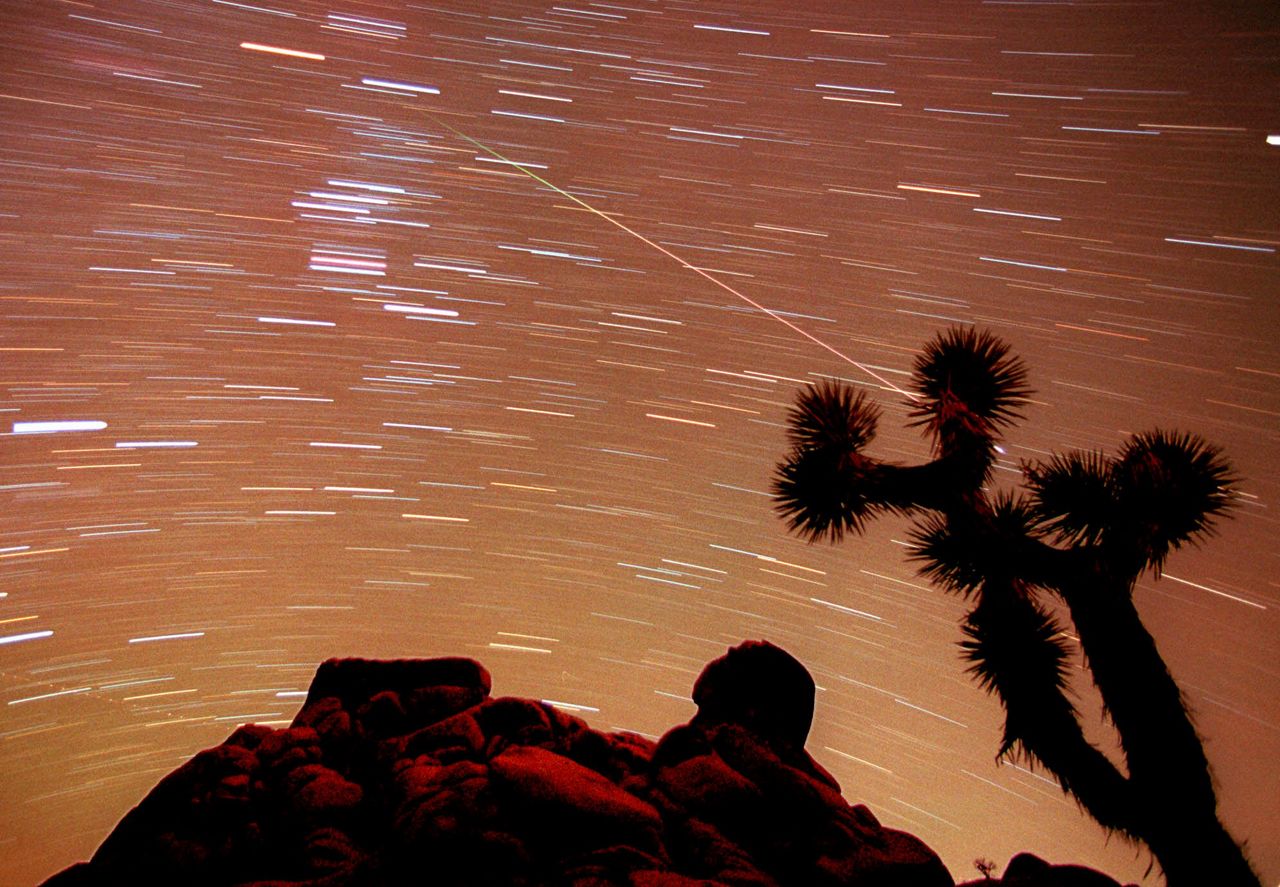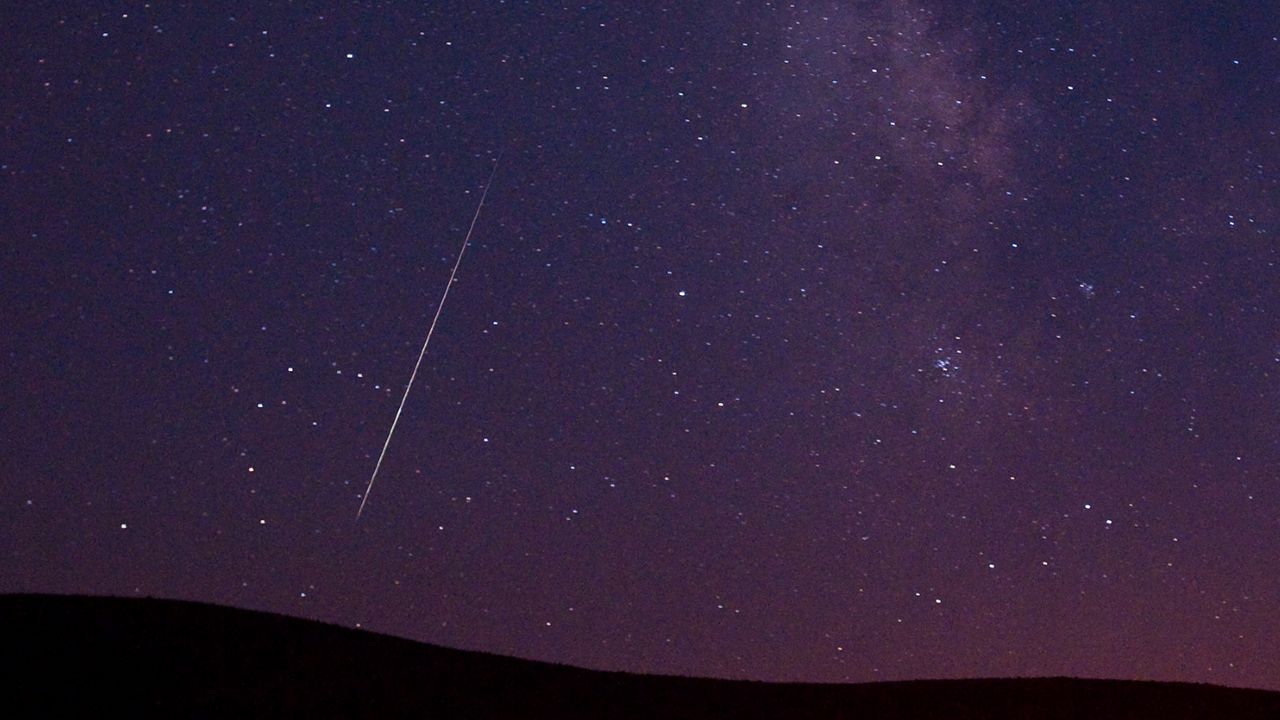Although the days may be longer, there is nothing quite like enjoying a calm, maybe a little balmy summer night.
Provided there’s little to no clouds around, many marvel at the infinite number of stars and planets dotting the pitch black sky, most which are several light years away.
Almost anywhere across the desert Southwest offers great nighttime views, but a few places stand out from the rest.
While the cold, dense air during the winter months typically offers the clearest views, there’s something about the summer months that makes stargazing much more appealing. Perhaps it has something to do with the warmer temperatures?
Regardless of when and where you go, one thing holds true: there is always something to look at provided the weather cooperates. To see what's in store the rest of the year, check out our celestial calendar.
The U.S. offers plenty of great locations for those captivated by starlit skies- some more notable than others. Most national parks serve as ideal spots. But having the option to stargaze close to home is comforting and convenient.
Weather permitting, of course, the most suitable locations to stargaze include areas with minimal obstructions of the sky and have little to no light pollution. This rules out any places inside or within proximity to our bustling cities.
That said, it is also better to wait until after midnight or the predawn hours when it is the darkest.
Astronomers also advise that you plan your trip in the days right before, during and after the new moon. Believe it or not, the brightness of the full moon alone can sometimes be enough to limit views regardless of where you are.
Everything is bigger in Texas and that holds true for its night sky views. In fact, some of the country's darkest skies are in the Lone Star State.
Big Bend National Park is beautiful both by day and night. Considered the darkest national park in the Lower 48, the park is far away from any of the state's major cities. Thus, it makes sense the park makes the list of top stargazing spots in the U.S.
With that, it's no surprise Big Bend is recognized as a Dark-Sky Park by the International Dark-Sky Association (IDA).
Still not dark enough? Just to the west, Big Bend Ranch State Park provides even darker skies, allowing its visitors to see even more stars illuminate the night sky.
Also named a Dark-Sky Park by the IDA, the park strives to further grow its nighttime programs and continues to seek more educational opportunities for its visitors.
One downfall during the late-summer months: Monsoonal moisture could get between you and the starry night skies of West Texas. But just because it's the rainy season doesn't mean it will rain every night. You'll just have to keep a closer watch on the forecast.
Not looking to venture far from the state's capital? Head to Dripping Springs or Enchanted Rock State Natural Area, both which are also recognized by the IDA for their dark, starlit skies.
Even though the growing population of Dripping Springs threatens its status as a Dark-Sky Community, the community puts a tremendous effort into preserving the night skies above.
Stargazing comes with multiple meanings in Southern California. Some argue that the best spots to see the "stars" include Beverly Hills, Rodeo Drive or any place with a red carpet rolled out. But we're not talking about those stars.
To see the actual stars, you'll want to stay clear away from the Hollywood search lights.
Featured in many movies and television shows, the famed Griffith Observatory is not just big on the silver screen. It is one of the most sought-after and visited observatories in the country.

Even though it is not located under darkest of skies, the Griffith Observatory's central location is easily accessible for Los Angeles residents to get to, and still offers a plethora of educational and hands-on experiences for all.
On certain nights, visitors can view the stars through the iconic and original Zeiss telescope, which remains in use since the Griffith Observatory opened back in 1935. Unsurprisingly, this 12-inch refracting telescope remains the world's most looked through.
Another spot to check out in the Antelope Valley California Poppy Reserve. Visitors most commonly visit the park in the spring when most of the wildflowers, including the state flower, are in bloom. But the Antelope Valley also serves as a suitable spot to stargaze.
For those determined to learn more about the galaxy or interested in attending any stargazing parties, the Antelope Valley Astronomy Club frequently hosts events and other educational opportunities that don't disappoint. For more details, click here.
Sweltering by day, but starry by night, the scorching hot temperatures during the summer months give Death Valley National Park its fateful name.
At 282 feet below sea-level, Bad Water Basin is not only the lowest point in Death Valley, but also marks the lowest elevation in North America. That makes it one of the best places to stargaze in the entire state.
While you might not want to visit the park during the peak heating hours of the day, the park has become a hot spot for stargazing at night and the IDA named it a Dark-Sky Park back in 2013.
Along with spotting well-known stars, planets and constellations, the park offers a host of activities that revolve around the cosmos. From full moon hiking to taking snapshots of the night sky, check all the things you can do after dark in the park here.
Let's not forget Joshua Tree National Park, either. Like Death Valley, this desert area is famed for its desirable night sky and also became a Dark-Sky Park in 2017.
In the summer, park guests can easily spot the Milky Way, along with the Summer Triangle, an asterism made of the bright stars Vega, Deneb and Altair, rising out of the east. In August, visitors also come to enjoy the Perseid meteor shower, as well.

Between Southern California's Inland Empire and the darkest deserts to the east, the park's convenient location attracts many local star enthusiasts and tourists alike. However, not all parts of the park are ideal for gazing.
Light pollution from the nearby cities and towns can limit views of the night sky along the park's western perimeter. Visitors planning a trip specifically for stargazing should drive farther east into the park where the darkest skies are.
Our team of meteorologists dive deep into the science of weather and break down timely weather data and information. To view more weather and climate stories, check out our weather blogs section.



